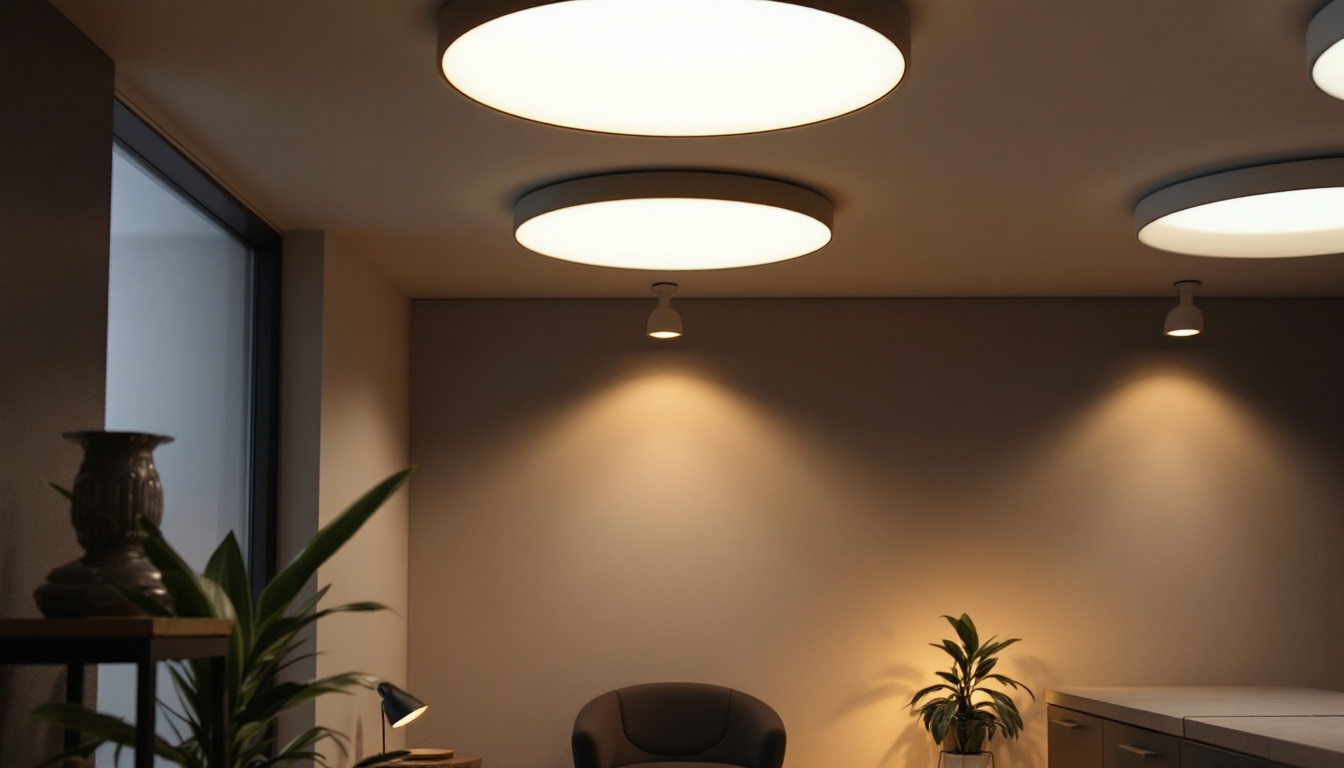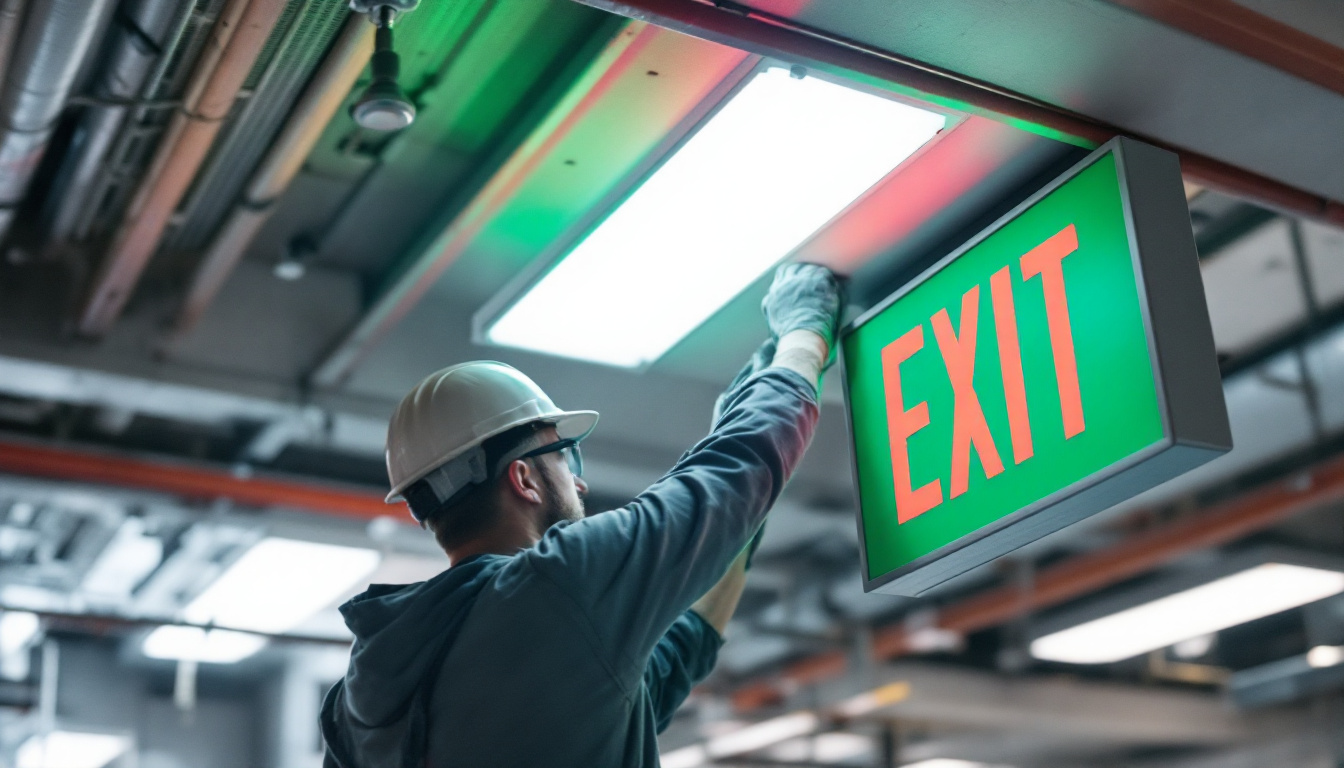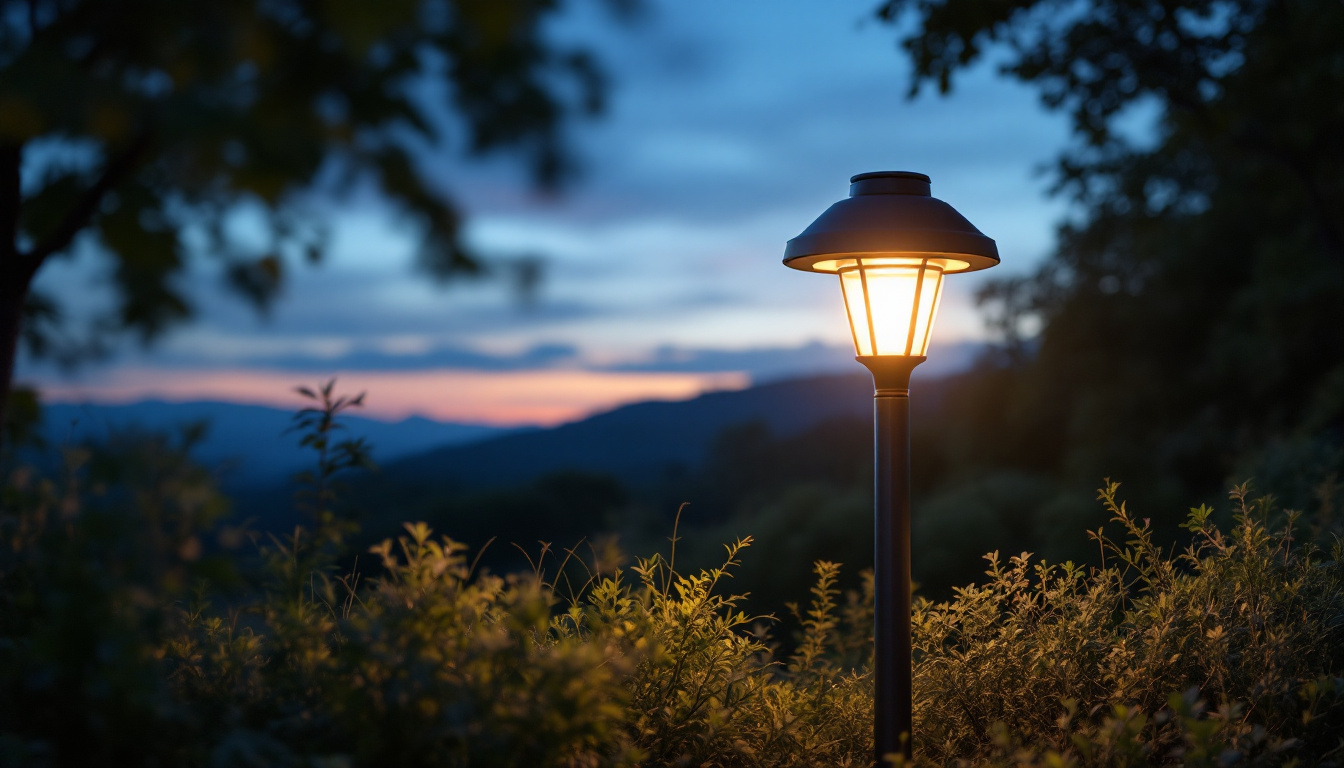
recessed can lighting has become a staple in modern residential and commercial design. These fixtures offer a sleek, unobtrusive way to illuminate spaces, providing both ambient and task lighting. For lighting contractors, understanding the nuances of recessed can light bulbs is essential for delivering high-quality installations that meet client expectations. This article aims to demystify recessed can light bulbs, covering their types, applications, and key considerations for successful implementation.
Recessed lighting, often referred to as can lighting, involves fixtures that are installed into the ceiling, creating a clean and streamlined appearance. The bulbs used in these fixtures are crucial for achieving the desired lighting effect and energy efficiency. Understanding the various components and technologies available can significantly impact the quality of the installation.
A recessed can light typically consists of three main components: the housing, trim, and bulb. The housing is the part that is installed within the ceiling cavity, while the trim is the visible part that finishes the look of the fixture. The bulb, which can vary in type and wattage, is responsible for the light output.
Choosing the right combination of these components is vital for achieving optimal performance. For instance, the housing must be compatible with the bulb type, and the trim should match the aesthetic of the space. Additionally, the insulation contact rating of the housing is important for safety and energy efficiency. Proper installation is also key; ensuring that the housing is securely mounted and that there is adequate clearance from insulation materials can prevent overheating and potential fire hazards.
Furthermore, the trim comes in various styles, such as baffle, reflector, and adjustable, allowing homeowners to customize the light distribution and visual appeal of their recessed lighting. Baffle trims help reduce glare, while reflector trims enhance brightness, making them suitable for different settings and purposes. Adjustable trims can direct light to specific areas, making them ideal for highlighting artwork or architectural features.
When it comes to recessed can light bulbs, several options are available, each with its own advantages and applications. The most common types include incandescent, halogen, CFL (compact fluorescent), and LED (light-emitting diode) bulbs.
Incandescent bulbs have been a traditional choice due to their warm light and dimming capabilities. However, they are less energy-efficient and have a shorter lifespan compared to newer technologies. Halogen bulbs offer improved efficiency and a whiter light but still fall short of the longevity and energy savings provided by LEDs. These bulbs can also produce a significant amount of heat, which may not be ideal in all environments.
Compact fluorescent bulbs are more energy-efficient than incandescent options but can take time to warm up and reach full brightness. LEDs have rapidly become the preferred choice for recessed lighting due to their superior energy efficiency, long lifespan, and versatility in color temperature and brightness. They are available in a range of color temperatures, from warm white to cool daylight, allowing homeowners to create the perfect ambiance for any room. Additionally, many LED options are now dimmable, providing even greater control over lighting levels and enhancing the overall atmosphere of a space.
Moreover, advancements in smart LED technology have introduced features such as remote control and programmable lighting schedules, which can further enhance convenience and energy savings. This means that homeowners can easily adjust their lighting preferences to suit different activities or moods, making recessed can lighting not just functional but also a key element in modern home design.
Selecting the appropriate bulb for a recessed can light installation involves considering several factors, including the intended use of the space, the desired ambiance, and energy efficiency. Each of these factors plays a critical role in ensuring that the lighting meets both aesthetic and functional needs.
The first step in choosing the right bulb is to evaluate the space where the recessed lights will be installed. For example, a kitchen may require brighter, cooler lighting for tasks such as cooking and food preparation, while a living room may benefit from warmer, softer lighting to create a cozy atmosphere.
Understanding the specific activities that will take place in each room can guide the selection of bulb type and wattage. In high-traffic areas or spaces requiring focused lighting, higher lumens and cooler color temperatures may be necessary.
Energy efficiency is a significant consideration for both contractors and clients. LED bulbs, for instance, consume significantly less energy than incandescent or halogen options while providing the same or greater light output. Additionally, their long lifespan—often exceeding 25,000 hours—means fewer replacements and lower maintenance costs over time.
Contractors should also be aware of energy codes and regulations that may apply to specific projects. Many regions encourage or require the use of energy-efficient lighting solutions, making LED options not just a preference but a necessity in some cases.
The installation of recessed can lighting involves more than simply placing the fixtures in the ceiling. Proper installation techniques are crucial for ensuring safety, efficiency, and aesthetic appeal. Contractors must be familiar with various installation methods and best practices to achieve optimal results.
Before installation, it is essential to assess the electrical requirements of the recessed can lights. This includes understanding the wattage limits of the fixtures and ensuring that the electrical circuit can handle the load. Overloading circuits can lead to overheating and potential fire hazards.
Safety should always be the top priority. Contractors should adhere to local building codes and regulations, ensuring that all electrical work is performed by a licensed electrician. Additionally, proper insulation and ventilation around the housing can prevent overheating and improve energy efficiency.
The placement and spacing of recessed can lights can significantly impact the overall lighting effect. A common rule of thumb is to space the fixtures approximately 4 to 6 feet apart, depending on the height of the ceiling and the desired light coverage. For higher ceilings, more spacing may be needed to ensure even illumination.
Contractors should also consider the beam angle of the bulbs being used. Narrow beam angles are ideal for focused lighting, while wider angles can provide more ambient light. Proper placement and spacing will help avoid dark spots and ensure a well-lit environment.
The world of recessed lighting is continually evolving, with new trends and technologies emerging to enhance both functionality and aesthetics. Staying informed about these trends can help contractors provide clients with the most current and desirable options.
One of the most significant trends in recessed lighting is the integration of smart technology. Smart recessed can lights allow users to control their lighting through mobile apps or voice-activated devices. This technology enables homeowners to adjust brightness, color temperature, and even set schedules for when lights should turn on or off.
Smart lighting not only enhances convenience but also contributes to energy savings. By allowing users to customize their lighting needs, smart solutions can reduce energy consumption and improve overall efficiency.
Another trend gaining popularity is the availability of adjustable color temperature and dimming options in recessed can lights. This flexibility allows homeowners to change the ambiance of a room based on their mood or activity. For instance, cooler temperatures may be preferred during the day for productivity, while warmer tones can create a relaxing atmosphere in the evening.
Contractors should be aware of the various dimming technologies available, including TRIAC, 0-10V, and ELV dimming, to ensure compatibility with the chosen bulbs and fixtures. Offering clients a range of options can enhance the overall appeal of the installation.
While recessed can lighting offers many benefits, it is not without its challenges. Understanding these common issues and their solutions can help contractors navigate potential pitfalls during installation and maintenance.
One of the most common challenges with recessed can lights is heat management. Improperly installed fixtures can lead to overheating, which can damage the bulbs and pose safety risks. Using fixtures rated for insulation contact (IC) can mitigate this risk, as they are designed to be in contact with insulation without overheating.
Additionally, ensuring proper ventilation around the housing can help dissipate heat. Contractors should educate clients about the importance of using the correct bulbs and fixtures to prevent heat-related issues.
Another challenge contractors may face is ensuring compatibility between recessed can lights and dimming controls. Not all LED bulbs are compatible with every dimmer switch, which can lead to flickering or poor performance. It is crucial to select bulbs specifically designed for dimmable applications and to recommend compatible dimmer switches to clients.
Testing the entire system before finalizing the installation can help identify any compatibility issues and ensure a smooth user experience.
Recessed can light bulbs are a fundamental aspect of modern lighting design, offering versatility, efficiency, and aesthetic appeal. For lighting contractors, understanding the various types of bulbs, installation techniques, and emerging trends is essential for delivering high-quality results that meet client needs.
By staying informed about the latest technologies and best practices, contractors can enhance their expertise and provide valuable insights to clients. Whether it’s selecting the right bulb for a specific space or navigating the challenges of installation, a thorough understanding of recessed can lighting can lead to successful projects and satisfied customers.
Ultimately, the key to mastering recessed can light installations lies in a combination of technical knowledge, attention to detail, and a commitment to quality. By embracing these principles, lighting contractors can elevate their work and contribute to the creation of beautifully illuminated spaces.
Ready to take your lighting installations to the next level? At LumenWholesale, we provide lighting contractors like you with the highest quality, spec-grade recessed can light bulbs and fixtures at unbeatable wholesale prices. Say goodbye to local distributor markups and hello to a vast selection of reliable, high-performance lighting that meets the strictest industry standards. Plus, with free shipping on bulk orders, you can stock up on premium lighting solutions without worrying about hidden fees or compromises. Elevate your lighting game and give your clients the best value by choosing Wholesale Lighting at the Best Value with LumenWholesale.

Discover how the right home office light fixtures can enhance productivity and efficiency for lighting contractors.

Discover the critical guidelines for choosing between green and red exit signs in your lighting projects.

Discover how the right lighting can enhance retail spaces and boost profits with our comprehensive guide for lighting contractors.

Discover how solar light for lamp posts is revolutionizing the lighting industry by offering sustainable, cost-effective, and eco-friendly solutions.